If you’ve taken a lot of vinyasa classes you know there are many variations and styles of a vinyasa yoga sequence depending on the teacher. The word vinyasa itself means “flow,” so one of the most important things to keep in mind is how the poses are put together. If you know enough poses, anyone can create a “sequence”. Whether the class feels good or not is a whole other story. Sequencing takes a lot of experimentation, practice and patience. Follow these five rules for creating memorable classes that will impress your students and leave them floating out of the studio.
1. Create a Theme for the Best Vinyasa Yoga Sequence
When I teach class I sometimes ask my students what they want to work on. Do they want a back-bending class, shoulder openers, or arm balances? Having a focal point will help you narrow down the types of poses you’ll use so you’re not just shooting in the dark. One of the biggest challenges that newer yoga teachers face is creating a well-rounded class that makes sense. Teaching an entire class around a certain group of poses will force you to get creative and stay on task. A theme can also be based around a specific variation, such as eagle arms. I like to do this often and the repetition of the variation in different poses helps students go deeper than ever before. Try eagle arms in a standing forward fold, on the belly, in warrior 1, warrior 3, hero’s pose, and low lunge.
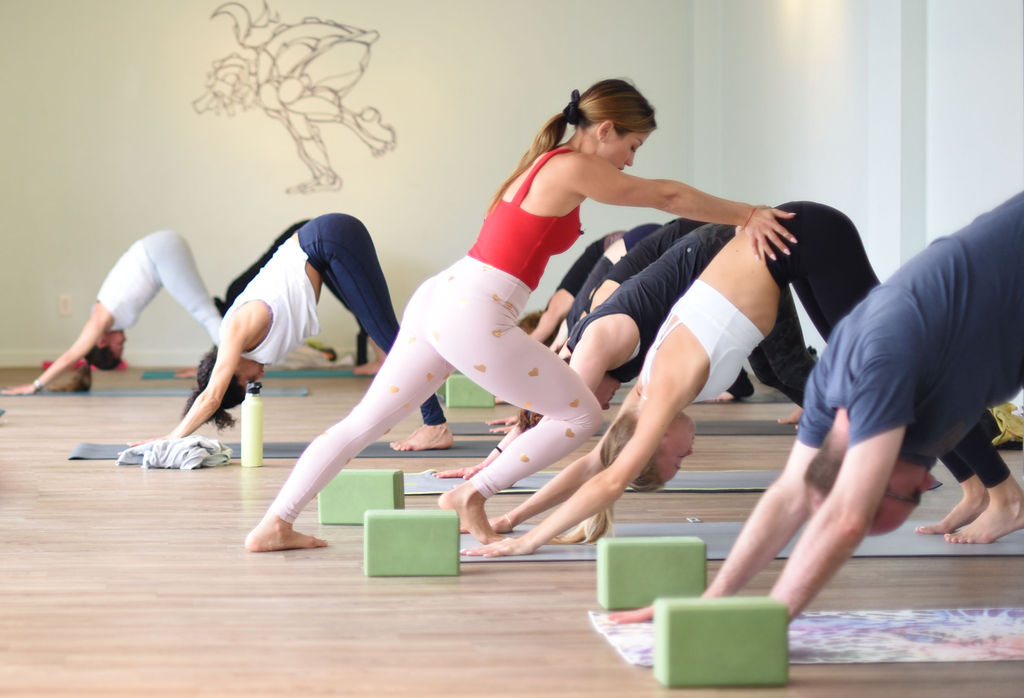
2. Mix it Up
Most teachers have their go-to sequences and they keep teaching them again and again. They get stuck in their comfort zone and do the same old flows, such as warrior 1 to warrior 2 and reverse warrior to side angle pose. This series is called Dancing Warrior and you’ll find it in almost every class. Try these tips: Teach a full class without a single warrior 1 or warrior 2. Get creative and teach an entire class without a single vinyasa. Look through yoga books such as 608 Poses by Dharma Mittra or search the internet for “uncommon yoga poses.” There are well over a thousand poses, yet the average teacher continually chooses the same thirty or so.
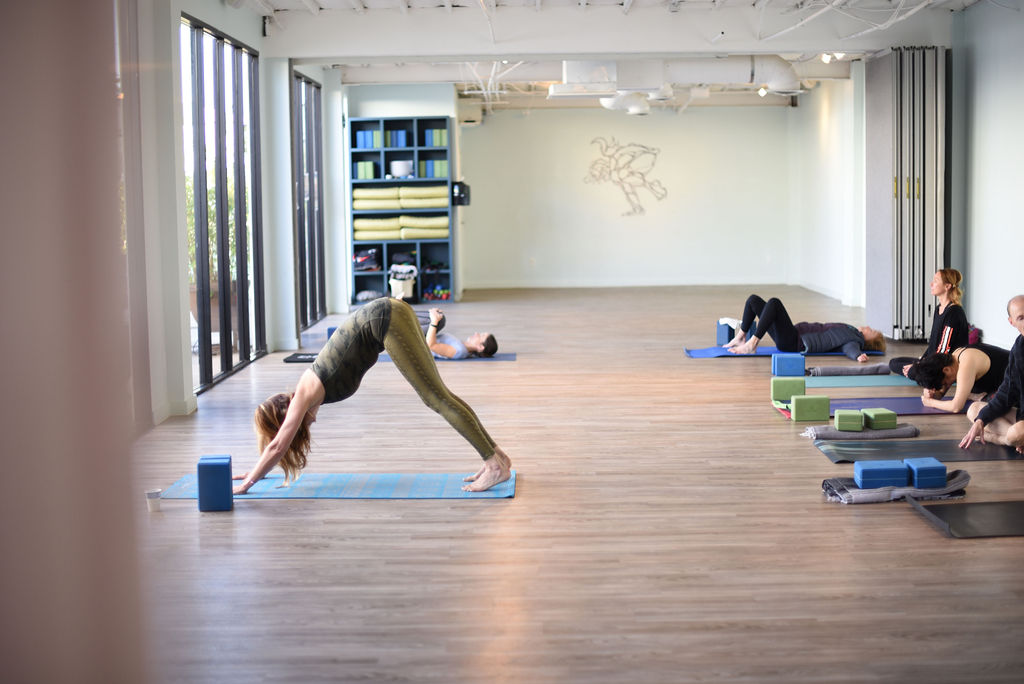
3. Pay Attention to the Transitions
The transitions in a class are sometimes even more important than the poses themselves. The whole point of vinyasa yoga is to create seamless transitions that flow smoothly and feel natural. I’ve been to many classes where it feels like the teacher literally threw the poses up in the air and just hoped they landed right. There wasn’t any thought to how the body would feel when going from one pose to the next. The transitions between each pose should feel effortless. You want to choose poses that are “close together” in terms of body mechanics. For example, going from warrior 2 to flying warrior feels really awkward, yet many teachers choose to put these two poses together. Warrior 2 is an open hip pose and warrior 3, or flying warrior, is a closed hip pose. In order to go from one to the other you have to “unroot” the back foot and close the hip in mid air to spring up to flying. A better combination would be high lunge with the back heel off the ground (closed hip pose) to warrior 3 which is another closed hip pose. Next time you take a class pay attention to the transitions that other teachers use and note what feels good and what doesn’t.
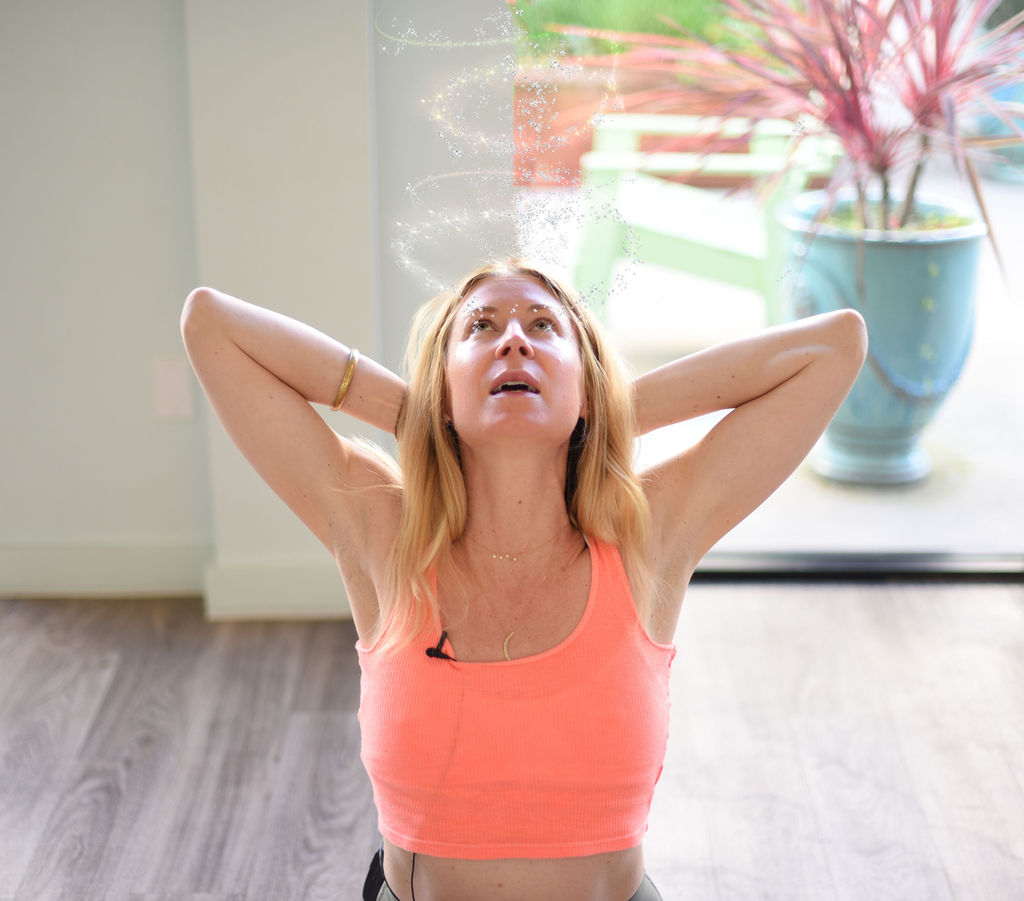
4. Create Balance
A good vinyasa yoga sequence has the perfect mix of strong and challenging poses with active rests and restorative type of poses. Overdoing it with either of these leaves students feeling like they didn’t get enough of a workout or as if the class was more of a haha style class. Try the sequences out in your own body prior to teaching them so you can feel when you’re over-taking a certain body part or when your cadence is off. The great thing about vinyasa yoga is that you don’t have to adhere to one type of formula. I love vinyasa because I can really express my creative side with the type of classes I teach. After teaching for over twenty years I can honestly say that constantly challenging yourself to teach differently is the key to a long career in yoga. If you’re in a rut and every time you teach feels like groundhog day, it’s time to switch things up. Balance is key. You want to challenge your students, but not overwork them.
Try these classes for great examples of a balanced vinyasa yoga sequence:
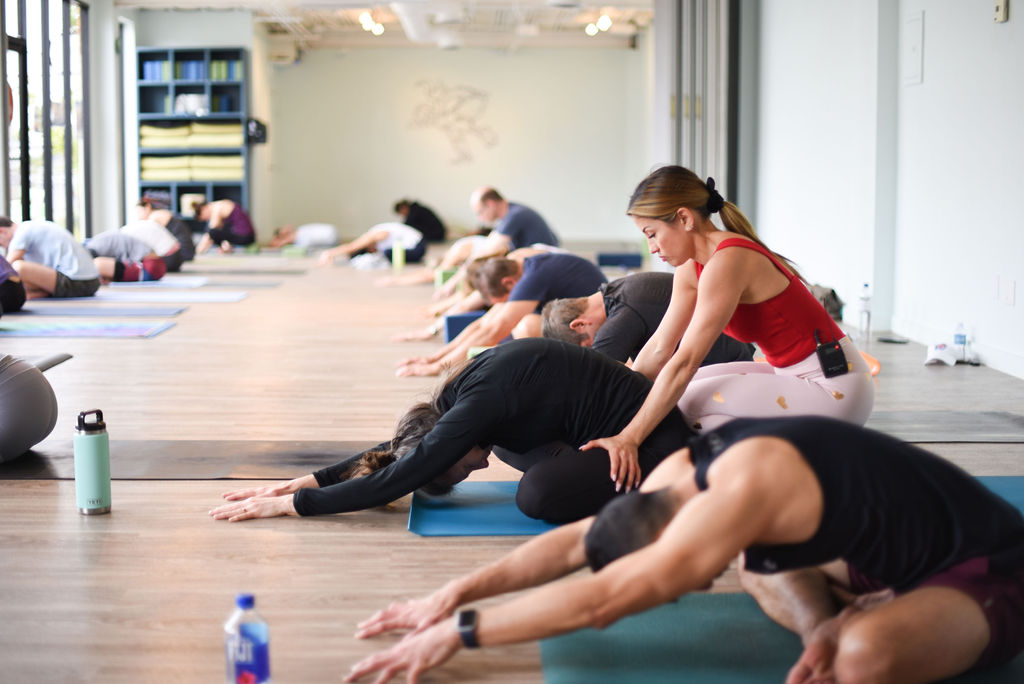
5. Use the Music to Set the Cadence of Your Vinyasa Yoga Sequence
Music is a good way to create rhythm in your classes. When I create a yoga playlist I always choose music that follows an arc. In the beginning, the songs are mellow. I then add songs with stronger beats for the warm up and keep the energy up until I near the end. Finally, the cool down section of the class has similar music to the beginning so you can match the mood and make your way towards that final resting pose. There’s nothing worse than doing a deep, long stretch to fast beats, or flowing through a warm-up to snoozy tunes. Music creates a vibe, so make sure your flows resemble what’s playing through the speakers. Follow Carolina Vivas and Amanda McCarroll for the best yoga playlists on Spotify.
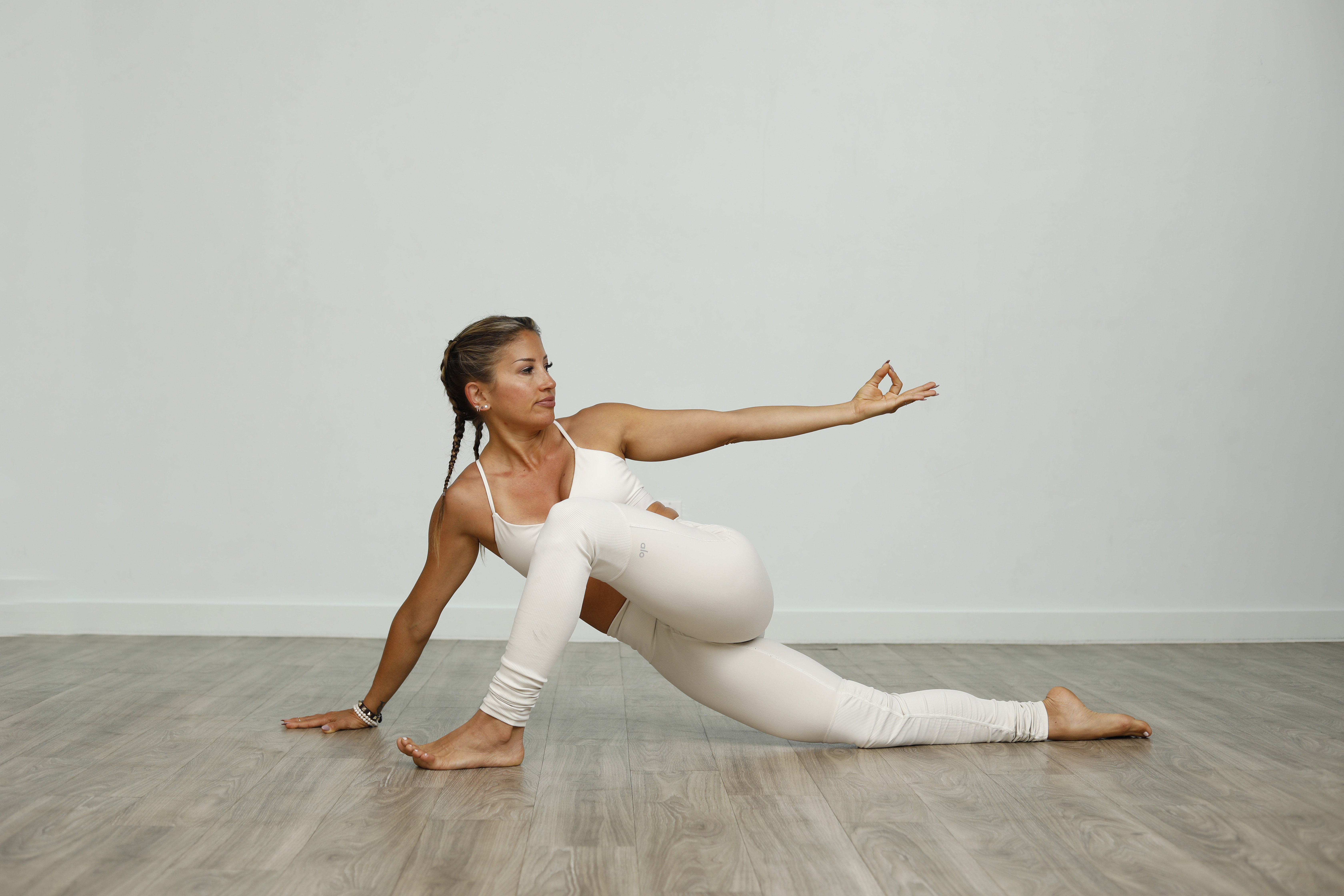
Think of each vinyasa yoga sequence as a layered experience that can blow your students away in the best way possible. When the poses, transitions, variations and cadence flow perfectly, it feels like magic. Uninterrupted flow has a meditative quality to it. Put time and effort into creating sequences that are intelligent and feel good. Your students will love you for it.
Want to try all of our on-demand classes? We have over 350 of them plus daily livestream from our studio in La Jolla. The first two weeks are free and then it’s just $18/month.

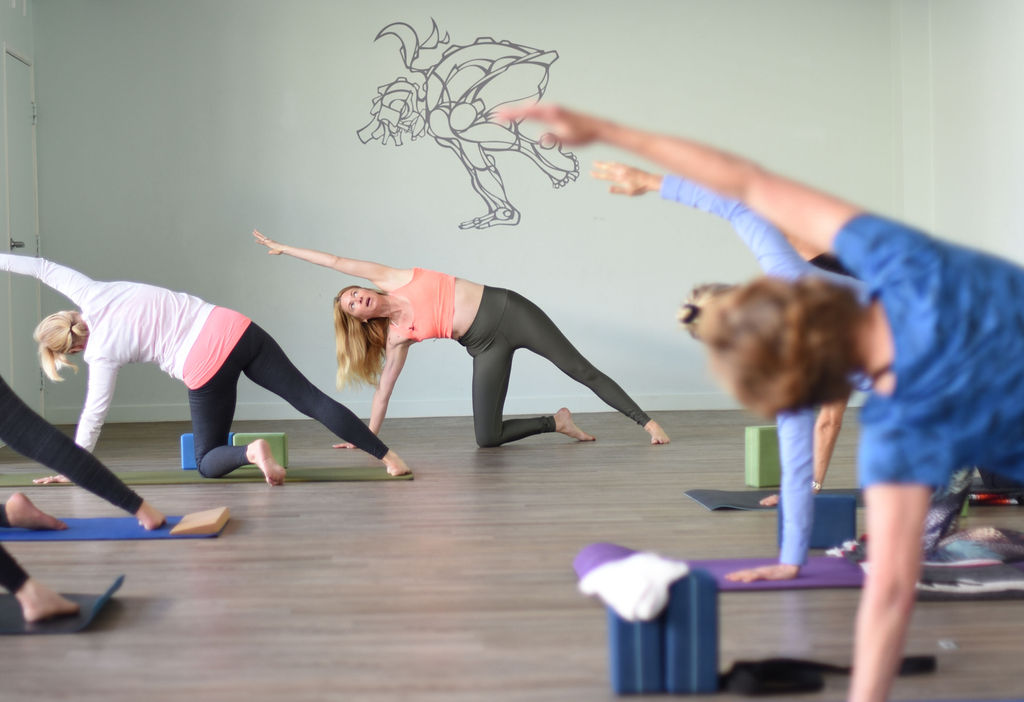
Leave a Reply
You must be logged in to post a comment.